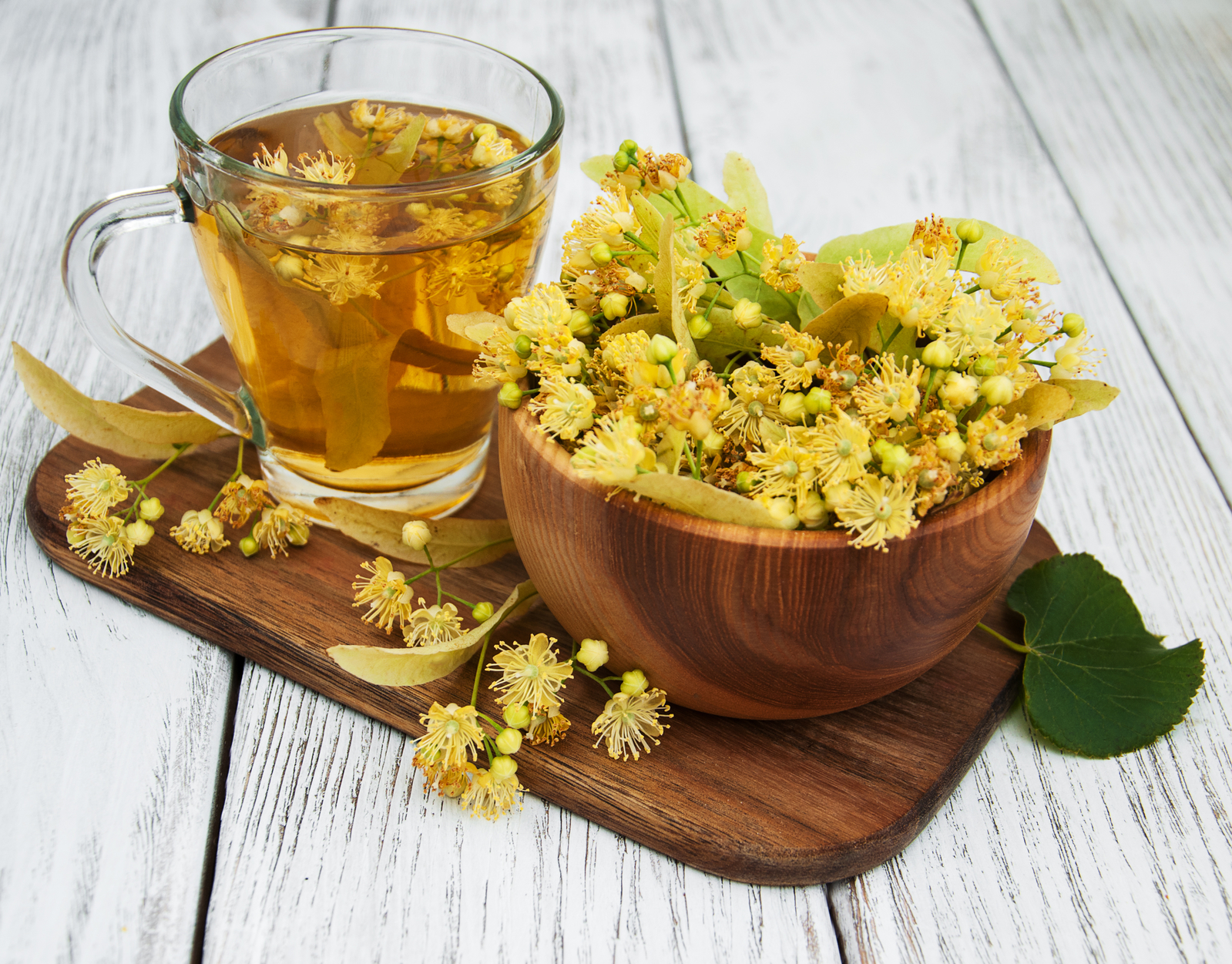Drink tea!
The actual genuine tea – camellia sinensis – is native to Asia, mainly China. A brew made by pouring hot water over the cured leaves of the plant is what we call tea. Brews made of other plants are commonly called tea as well, such as herbal and fruit infusions, but in this article we are only discussing the genuine tea itself.
There are a variety of different teas that can be made using the leaves of tea shrub, such as black, yellow, green or white teas. The differences between teas arise from processing, growing conditions, and geography.
Black tea: Fully oxidized leaves, very often scented or flavoured (very popular version is the Earl Grey where they use bergamot)
Yellow tea (Oolong, Puochoung): Unwilted and unoxidized but allowed to yellow; smooth taste, pale in colour.
Green tea: Is allowed to wither only slightly after being picked. Then the oxidation process is stopped very quickly by firing (rapidly heating) the leaves. It has a very significant antioxidant content. A further very good quality of green tea is that it boosts your metabolism. Let’s not forget though that the best method for achieving this is through doing workout.
White tea: It’s prepared using the youngest shoots, not processed at all, only wilted. However its brew is very light in colour, that is not the reason for its name. It actually derives from the delicate silvery white hairs that grow on the unopened buds of the tea plant.
The quality of tea depends on the type of tea shrub, the maturity of the leaves on the methods of processing and it’s geographical origin.

Further 'tea' facts:
Stimulants that are present in every type of tea are caffeine and theophylline. (Even in white tea, but significantly less). How the tea is actually prepared plays an important role in how much caffeine makes it into your cup. Everything, from the amount of tea used, to water temperature and brewing time to whether the leaves are loose, in a tea bag, or strainer, becomes a factor. Very often the caffeine content of a cup of tea is much higher than a cup of coffe, but still we don’t feel the same effect. The reason being is that the caffeine in the coffee is in a free/loose form, while tea contains various tannins, which serve to slow down the absorbtion of caffeine into the bloodstream. Therefore it does not hit you that quickly.
Tannin is that rainbow coloured layer on top of your tea which appears when gone cold. The longer the infusion time, the more tannin will be released into your drink and the more bitter it will get. Tannin also has a negative quality to it. It bounds iron and calcium to itself therefore it cannot be absorbed by the body. And if someone drinks way-way too much tea, it can cause iron deficiency. Of course 2-3 cups a day won’t cause any harm.
A very good feature of tea is that it contains significant amounts of polyphenols, which are natural plant compounds that have stong antioxidant effect.
These antioxidants help prevent hair loss and keep skin younger.
Amongst the different types of teas, the ones from Darjeeling and Assam provinces (especially the very high „tippy” quality) have the highest antioxidant content. Not even fruit juices can match up to them. The only thing that measurably has a higher antioxidant content is red wine, but it is not advised to consume larger portions due to the alcohol content, while it is very healty to drink multiple cups of green tea.
When it comes to tea, the difference between tasting a brew made out of loose leafs or a tea made using a teabag is as great as the difference between the spanish Iberico ham vs. sliced value ham.
Loose tea, or leafy tea is the one where you strain a portion measured by yourself. Loose tea is made of the best, youngest and freshest shoots. The leaves used in most bags are actually the "dust and fannings" from broken tea leaves therefore their atioxidant content will be a lot smaller, not to mention that they have lost most of their essential oils and aroma.
The best way to drink your tea is without adding any lemon or sugar as this way you can enjoy the true flavour and aromas. The teas coming from the different regions have very different characteristics. The real experts can identify the origin of a tea based on its fragrance.















